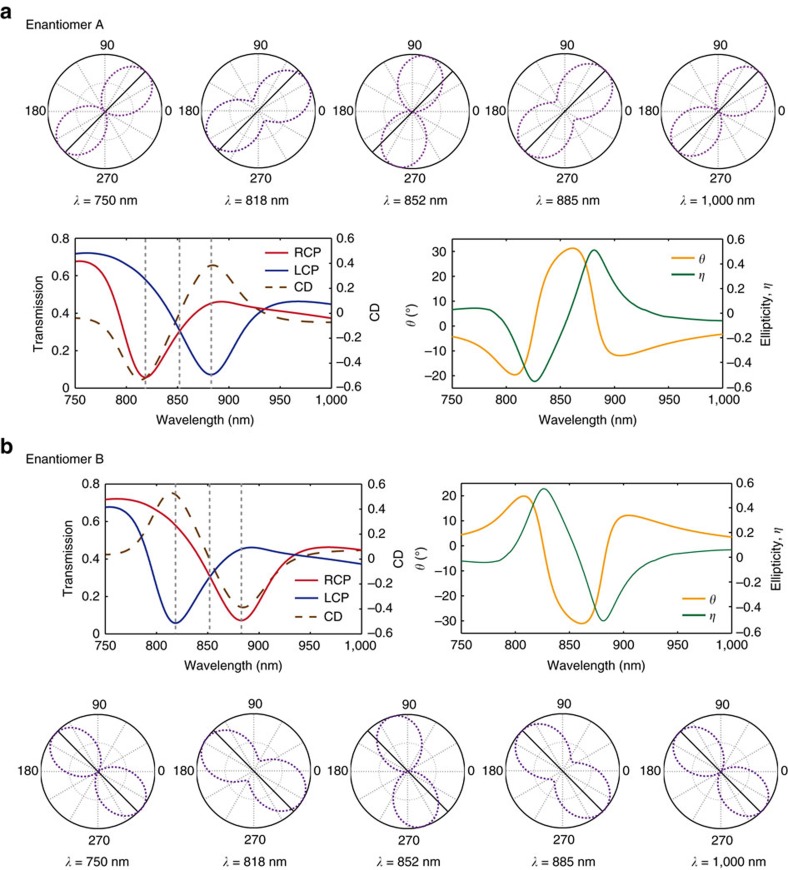Figure 3. Simulations of circular dichroism and optical rotatory dispersion.
(a,b) Simulated transmission spectra of circularly polarized lights on enantiomers A and B. Plots of optical rotation and ellipticity are provided. The input angle of the linearly polarized beam is the same as provided in the experimental data, 45° for enantiomer A and 135° for enantiomer B. A maximum of approximately 30° (clockwise) is obtained for the rotation of a linearly polarized beam as it passes through enantiomer A and approximately −30° (counter clockwise) as it passes through enantiomer B. The angle of rotation indicates the orientation of the major axis of the linear or elliptical beam. The ellipticity describes the shape of the polarization of the electric field, where a value of η=0 implies a linearly polarized beam and η=+1 corresponds to a right circular polarization and −1 to a left circular polarization. The responses of the optical rotation and ellipticity data are mirror symmetric for the two enantiomers.

